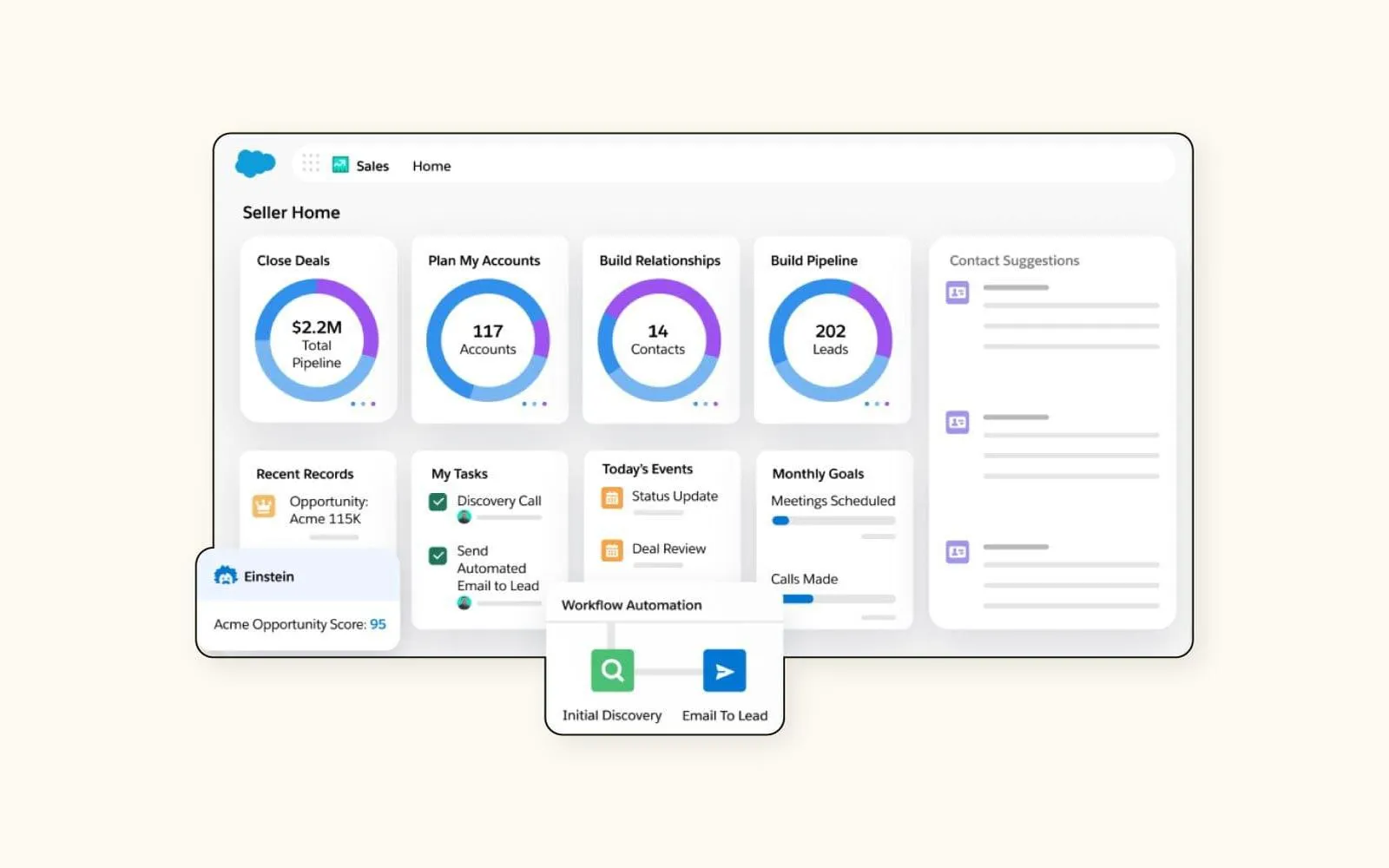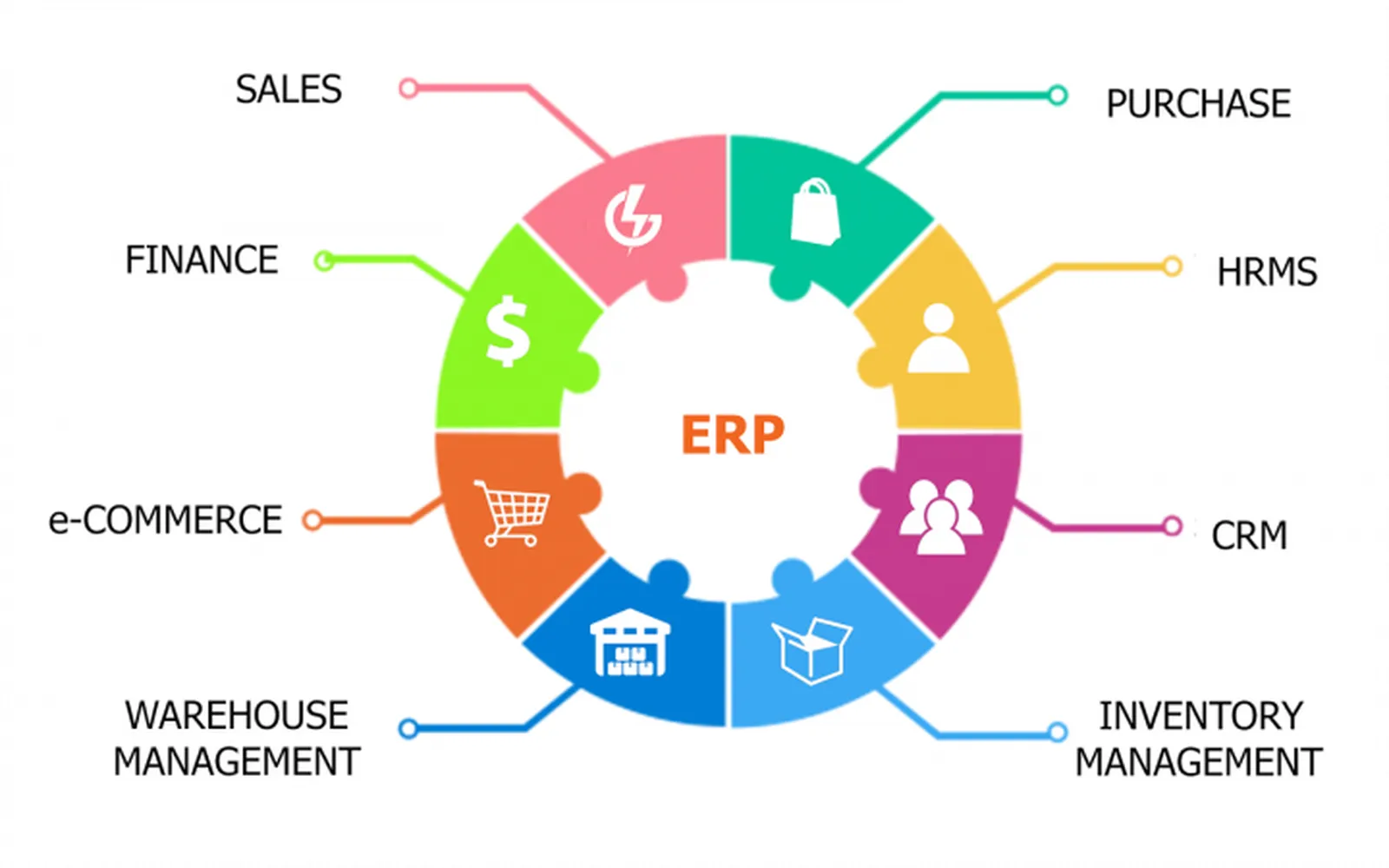Ultimate Guide: How to Donate Effectively in the USA - Tips and Resources
Understanding the Importance of Effective Donation
Donating to charitable organizations is a noble act that can significantly impact the lives of individuals and communities. In the USA, thousands of non-profit organizations rely on the generosity of donors to fulfill their missions. However, effective donating goes beyond simply writing a check or giving away items. It involves understanding where your contributions will be most beneficial, ensuring that your donations are used efficiently, and aligning your philanthropic efforts with your values and interests.
Step 1: Identify Your Passion and Cause
The first step in effective donating is identifying what causes resonate with you. Whether it’s education, healthcare, environmental conservation, animal welfare, or social justice, knowing your passion will help you focus your efforts. Reflect on your values and interests. Ask yourself questions like: What issues do I care about deeply? What local or global challenges do I feel compelled to address?
Step 2: Research Charitable Organizations
Once you’ve identified your cause, the next step is to research organizations that align with your interests. Look for reputable charities that have a proven track record and transparent operations. Websites like Charity Navigator, GuideStar, and the Better Business Bureau Wise Giving Alliance can provide valuable insights into an organization’s financial health, accountability, and effectiveness.
Step 3: Evaluate the Impact of Your Donations
Understanding how your donations will be used is crucial for effective giving. Look for organizations that provide clear information about their programs, goals, and the impact of donations. Many reputable charities publish annual reports detailing their accomplishments and how funds are allocated. Assessing the impact of your donation ensures that your contribution will make a tangible difference.
Step 4: Consider Different Forms of Giving
Donations can come in various forms, and understanding the options available can enhance your impact. Here are some common types of donations:
- Monetary Donations: The most straightforward form of giving. Consider one-time gifts or recurring donations to provide ongoing support.
- In-Kind Donations: Contributions of goods or services, such as clothing, food, or professional expertise.
- Volunteer Time: Donating your time and skills can be just as valuable as financial contributions.
- Memorial and Tribute Donations: Honor a loved one by donating in their name to a cause they cared about.
- Planned Giving: Include charities in your estate plans, such as bequests or charitable trusts.
Step 5: Engage in Local Communities
Supporting local charities can have a profound impact on your community. Engage with local non-profits, attend events, and understand the specific needs of your area. Local organizations often have a more direct impact and can benefit from your support in ways that larger national organizations may not. Volunteering for local causes can also give you firsthand experience and insight into their operations.
Step 6: Stay Informed and Updated
The charitable landscape is constantly evolving, and staying informed about trends, challenges, and opportunities in philanthropy can enhance your effectiveness as a donor. Subscribe to newsletters from organizations you support, follow relevant blogs, and engage with social media communities focused on philanthropy. This knowledge can help you adjust your giving strategies as needed and keep you connected with the issues that matter to you.
Step 7: Engage with the Organization
Building a relationship with the organizations you support can lead to more effective donations. Reach out to them with questions, attend events, and participate in discussions. This engagement can provide deeper insights into their work and help you understand how your contributions are making a difference. Many organizations also welcome feedback and suggestions from donors, which can help shape their programs and initiatives.
Step 8: Monitor and Adjust Your Giving Strategy
Effective donation is not a one-time event; it requires ongoing assessment. Regularly review the impact of your donations and the effectiveness of the organizations you support. Are they meeting their goals? Are they using funds responsibly? If you find that your contributions are not achieving the desired impact, it may be time to reassess your giving strategy and consider supporting different organizations or causes.
Step 9: Leverage Corporate Matching Programs
Many employers offer matching gift programs that can double or even triple your donations to eligible non-profits. Check with your employer's HR department to see if they participate in such programs. This is a simple way to maximize the impact of your giving without increasing your financial burden. Ensure that the organizations you choose to support qualify for matching donations, as not all charities may be eligible.
Step 10: Encourage Others to Donate
Philanthropy is often contagious. Share your experiences and encourage friends, family, and colleagues to donate to causes they care about. Organize fundraising events or campaigns to spread awareness and inspire others to contribute. Your enthusiasm and commitment to giving can motivate others to become involved and make a difference in their communities.
Step 11: Utilize Technology for Giving
In today’s digital age, technology has made donating easier and more accessible than ever. Explore various online platforms that facilitate donations, crowdfunding, and peer-to-peer fundraising. Websites like GoFundMe, JustGiving, and DonorBox allow individuals and organizations to create fundraising campaigns for specific causes. Additionally, mobile apps and social media platforms can streamline the donation process and reach a wider audience.
Step 12: Be Mindful of Scams
While there are many reputable organizations, unfortunately, there are also scams that exploit the goodwill of donors. Be vigilant and do your due diligence before donating. Look for red flags such as lack of transparency, pressure tactics, or vague information about how donations will be used. Always verify that the organization is registered as a non-profit and check their ratings on charity evaluation sites.
Step 13: Tax Considerations for Donations
Understanding the tax implications of your donations can help you maximize your contributions. In the USA, charitable donations to qualified organizations may be tax-deductible. Keep records of your donations and consult a tax professional to understand how to claim these deductions effectively. Familiarize yourself with IRS guidelines to ensure that you comply with regulations and make the most of your charitable giving.
Step 14: Impact Investing
For those interested in combining their financial goals with social impact, consider impact investing. This approach involves investing in companies, organizations, or funds with the intention of generating social or environmental benefits alongside financial returns. Impact investing allows you to support causes you care about while also contributing to your financial well-being.
Step 15: Supporting Diversity, Equity, and Inclusion
As a donor, it’s essential to consider diversity, equity, and inclusion (DEI) when choosing organizations to support. Many communities have been historically underfunded and underserved, and prioritizing DEI in your giving can help address systemic inequalities. Look for organizations that actively promote inclusion and equity and ensure that marginalized voices are represented in their leadership and decision-making processes.
Resources for Effective Giving
To further assist you in your journey toward effective donating, here are some valuable resources:
- Charity Navigator: A platform that evaluates and rates charities based on financial health, accountability, and transparency.
- GuideStar: Provides data on non-profit organizations, including financial statements and governance information.
- Better Business Bureau Wise Giving Alliance: Offers reports on charities and evaluates their performance against best practices.
- National Philanthropic Trust: Offers insights into trends in philanthropy and provides resources for donors.
- Network for Good: Provides tools and resources for individuals and organizations to engage in charitable giving.
Conclusion
Effective donating in the USA requires thoughtful consideration, research, and engagement. By understanding your passions, researching organizations, evaluating the impact of your contributions, and remaining informed about the charitable landscape, you can ensure that your generosity makes a meaningful difference. Remember that philanthropy is not just about giving money; it’s about making a lasting impact and contributing to the well-being of society. With the right approach, you can become a more effective donor and inspire others to join you in creating positive change.
Explore

Comprehensive Guide to Humana Health Coverage Plans: Benefits, Options, and Enrollment Tips

Unlock Exclusive Business Class Flight Discounts: Tips for Affordable Luxury Travel

Top Personal Loan Platforms: Your Ultimate Guide to Finding the Best Rates and Terms

Streamline Your Small Business: The Ultimate Guide to Easy CRM Solutions

Top Accredited Online Business Schools: Your Guide to Quality Education and Career Advancement

Top ERP Systems for Small Businesses: Streamline Your Operations and Boost Growth

Top Local SEO Agencies: Boost Your Business's Online Visibility and Rankings

Top Trusted Moving Services: Your Guide to a Stress-Free Relocation
